Learning Persian Alphabet (03)
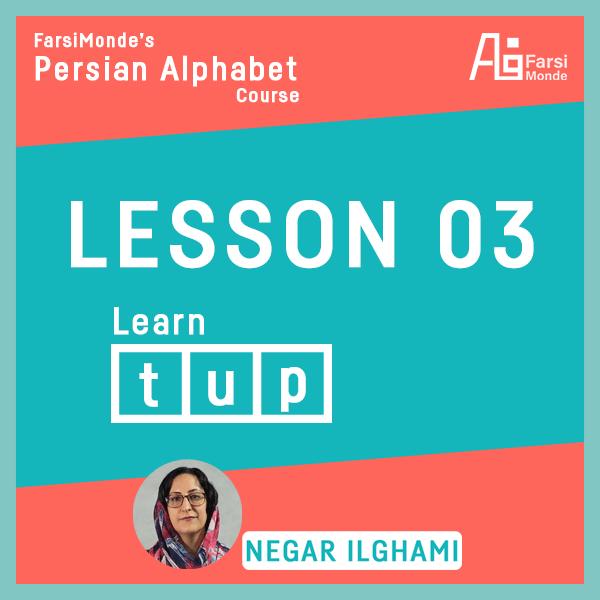
Salâm
Welcome to the third episode of the Persian Learning Alphabet Series. In this lesson, you will learn how to write two consonants, “p” and “t,” and a vowel, “u.”
The two consonants in this lesson and “b” from the first lesson have similar written forms. It is the number and place of the dots that make the difference. You have already learned how to write “b.” “b” and “p” are both bilabial stops, which means their pronunciations are very close, and so do their written forms. For writing “p” you only need to add two small dots to “ب بـ” to change it to “پ پـ.” The other consonant of the lesson is “t.” The code for remembering the dots of this sound is “Two on Top,” so you will have “ ت تـ.”
“u” is the second long vowel in Farsi that you are learning. This vowel is also a word, meaning “s/he.” Do not forget that in modern Persian, there is no feminine or masculine marker, so this pronoun refers to both genders. Seems easy, doesn’t it? But each language has its complications. In Farsi, the spoken and written forms of the words sometimes vary. For example, this “u” will change to “un” in spoken Persian. There is also a phonological rule that changes “ân” and “âm” to “un” and “um.” For example, “nân” becomes “nun” and “bâdâm” becomes “bâdum” in spoken Persian, mainly in the Tehrani accent. You can choose any writing style for texting your friends or for informal emails, but you’d better learn the standard written form if you need to write formal letters.
Proportions
For many Farsi learners, writing in Persian is more like doing art than learning the Persian alphabet. If you believe so and want to write in Farsi nicely, remember that the proportions are significant in this art. For instance, “b,” “p,” and “t” at the end are almost twice longer than the same letters in the beginning or middle of the words. Moreover, the vowel sign “ا” is as long as three calligraphy dots on top of each other. The following illustrations can help you understand the proportions in Persian calligraphy better. While watching the videos, pay complete attention to how Sina, FarsiMonde’s calligrapher, is writing the words, where he starts each letter, and how he connects the letters. Then try to copy him.
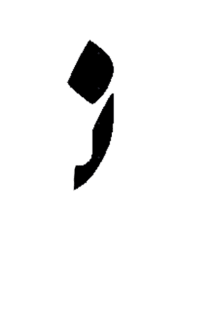
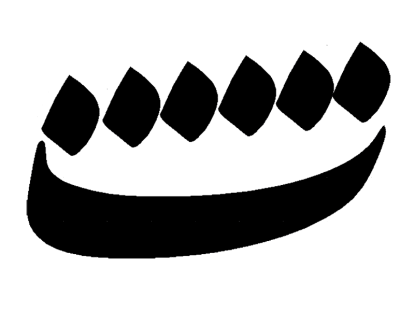
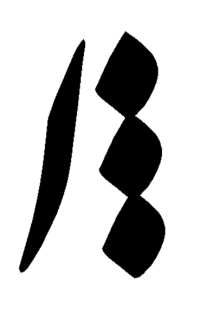
Farsi Sentences to Practice
Do you remember the short sentences you could write at the end of the second lesson? Now it is time to add to your Farsi lexicon by learning new words and constructing new sentences. Then write them in the comments in the Farsi script. We will check them for you. Here are some suggestions from FarsiMonde.
| pedar | -e | man | tut | dârad. | = | My father has berries. |
|---|---|---|---|---|---|---|
| father | of | me | berries | have |
| Pedrâm | bâdâm | nadârad. | = | Pedrâm does not have alamonds |
|---|---|---|---|---|
| Pedrâm | alamonds | not have.3SG |
| man | pâ | dard | dâram. | = | I have pain in my foot. |
|---|---|---|---|---|---|
| I | foot | pain | have.1SG |
Farsimonde’s tutors attempt to make learning the Persian Alphabet simple and easy; therefore, we designed writing exercises you can work on at the end of each video. Click on bellow to start the quick third lesson’s quiz.

Leave A Comment